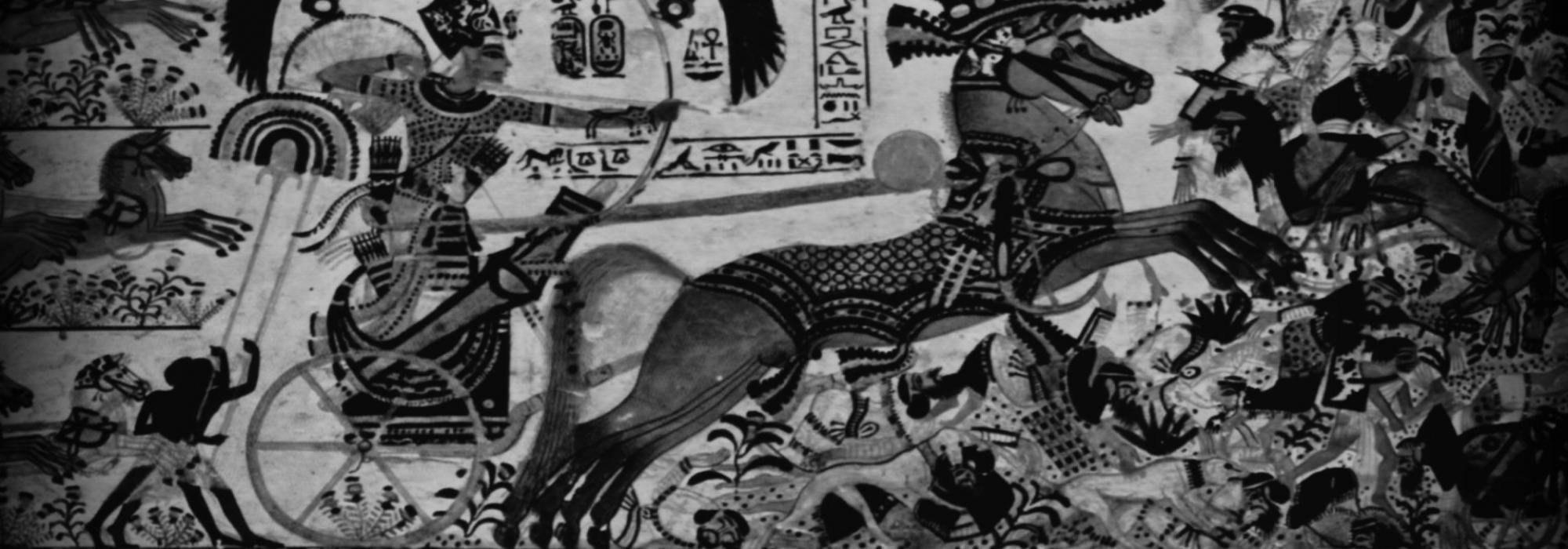What should we do in this ‘materialistic’ world where sensual delights are alluring our minds all the time? Irresistible is money with its myriad avatars. A beauty-conscious world that scratches its head for days to make a nail tip beautiful is equally seductive. Tasty foods are aplenty and hard to ignore. Sensual pleasures are inviting and mocking our resistance. The mind is oscillating here and there and it seems to be at the edge of its surrender to these hyperactive senses. What should I do? Should I surrender or should I resist? Here we bow down to D. V. Gundappa to guide us towards the right direction. Being a poet-philosopher and a true Vedic, DVG helped many to lead a powerful life by his compassionate and righteous vision. In the subsequent paragraphs, I will summarize a section from DVG's philosophical masterpiece, 'ಶ್ರೀಮದ್ಭಗವದ್ಗೀತಾ ತಾತ್ಪರ್ಯ ಅಥವಾ ಜೀವನಧರ್ಮಯೋಗ' in which he explores this question more deeply. – Raveendra
--
What should we do with these senses really? Without them, there is no life and with them there is no satisfaction. Then how to balance them both? Gitacharya acknowledges this: इन्द्रियाणि प्रमाथीनि हरन्ति प्रसभं मनः॥ (Bhagavad-Gita 2.60)
These senses distract our mind from its very purpose. They must be controlled and kept in the right place. Does this mean that we should shut our eyes, nose, and tongue and hide behind the walls? Should we kill their vitality so that they never raise their voice? And is this even possible? Or is this a right approach? No. This is neither possible nor an appropriate way. We must not kill them; they must rather be strong but under our control. They must work to their fullest within their limits. This is also what the rishis have told us:
भद्रं कर्णेभिः शृणुयाम देवाः
भद्रं पश्येमाक्षभिर्यजत्राः
स्थिरैरङ्गैस्तुष्टुवागँसस्तनूभिः
[This mantra from the Rigveda prays for strong and healthy senses including the eyes and the ears.]आप्यायन्तु ममाङ्गानि वाक् प्राणश्चक्षुः श्रोत्रमथो बलमिन्द्रियाणि च सर्वाणि
[The Kena Upanishad’s invocation verse (shanti mantra) prays for stronger and more prosperous senses.]
The Upanishads compare senses to a wild horse and how apt a comparison it is!
आत्मानं रथिनं विद्धि
शरीरं रथमेव तु |…
इन्द्रियाणि हयानाहु: ||
A great rider does not abandon the horse just because it is wild. Instead, he should sit upright, take control of them and ride fast in the intended direction. A master rider who knows the importance of the reins is certain of taming any wild horse. This applies to the senses too. They must exist, they must be sharp but on must not let them diverge into the wickedness.
Senses are designed to understand and appreciate the beauty in Creation. We must not deprive them from their own strength but we must not get lost in this pursuit. An owner of a sweet stall has the highest level of discretion regarding the varieties and the finer nuances of all his offerings. If he loses this sense he can no longer understand people’s likes and dislikes and can’t be successful in his business. At the same time, if he gives in for the temptation of eating, then again he has to shut down his shop. But he chooses a middle path. His senses are very sharp, but never dangerous for his ultimate goal.
The same applies to all our senses. We must have the power over them but not vice versa: युक्ताहारविहारस्य (Everything must exist in the right proportion).
--
This is a clear message. If money is important, then let us master it and not shy away from it due to the fear of its control over us. This is what I think Kautilya meant when he said, "अर्थस्य मूलमिन्द्रियजयः"
If artha is bothering us, we need Arthashastra that teaches how to control and use it in right way and the same is true with kama and dharma. This is how our tradition looked at life. It neither suppressed nor got carried away by the powerful force of prakrti (nature), but it guided our senses which perceive this nature, in the right way under the guidance of the highest truth and called it sanskrti. That is the balanced way.
Translated with brief notes from D V Gundappa's award-winning Kannada work ಶ್ರೀಮದ್ಭಗವದ್ಗೀತಾ ತಾತ್ಪರ್ಯ ಅಥವಾ ಜೀವನಧರ್ಮಯೋಗ (1966). This piece is an extract of ಅನುಬಂಧ 2 for the second chapter: ಸಾಂಖ್ಯ ಯೋಗ ಅಥವಾ ತತ್ತ್ವವಿವೇಕಯೋಗ.










































